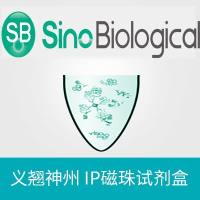Analysis and Purification of Synthetic Oligonucleotides by High-Performance Liquid Chromatography
Synthetic oligonucleotides are important in a wide variety of applications ranging from use as hybridization probes (1 ), primers for DNA sequencing and the polymerase chain reaction (2 ,3 ), to utilization as potential therapeutics in antisense and related technology investigations (4 ). In brief, their synthesis is most frequently performed via a series of systematic reactions that result in the stepwise addition of specific nucleotides [(protected at their 5′ hydroxy end with a dimeth-oxytrityl group (DMT)] to the solid phase support containing the growing chain. Variation in choice of incoming nucleotide monomers as well as modifications during or after the standard phosphodiester synthesis protocol can result in a final product containing atypical base, sugar, and/or phosphate backbone structures. Examples of such modifications may include substitution of a sulfur for an oxygen atom on the phosphate backbone creating phosphorothioate DNA or substitution of a methyl or borane group in lieu of oxygen to create methyl-phosphonate or boranophosphonate DNA. These and other modifications from conventional phosphodiester DNA are currently being investigated in antisense-related therapeutic studies as ways to increase cellular uptake, biological activity, and survival in both in vitro and in vivo experiments (4 ). A more complete discussion concerning the synthesis of phosphodiester as well as modified oligonucleotide species are addressed in volume 20 of this series.
![预览]()






